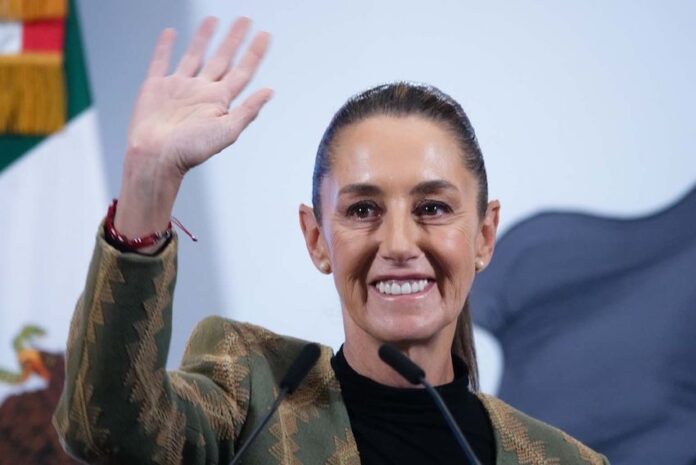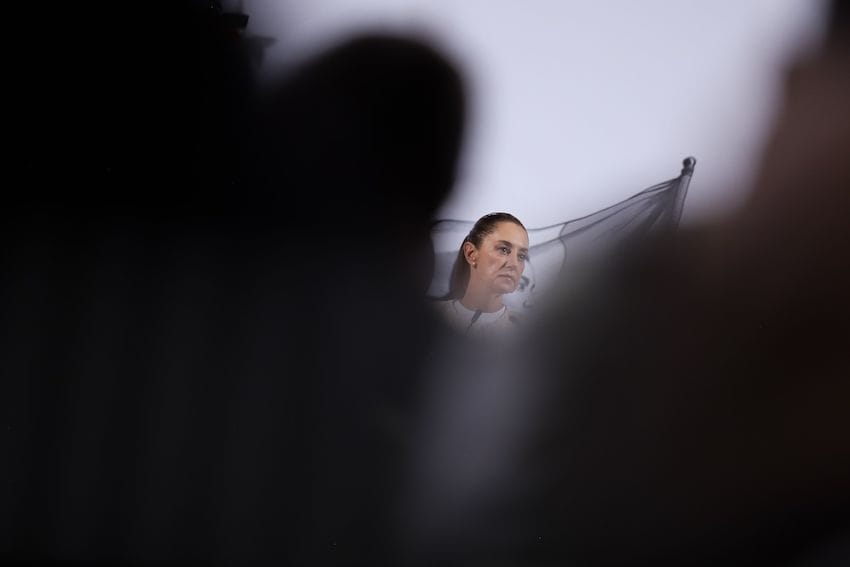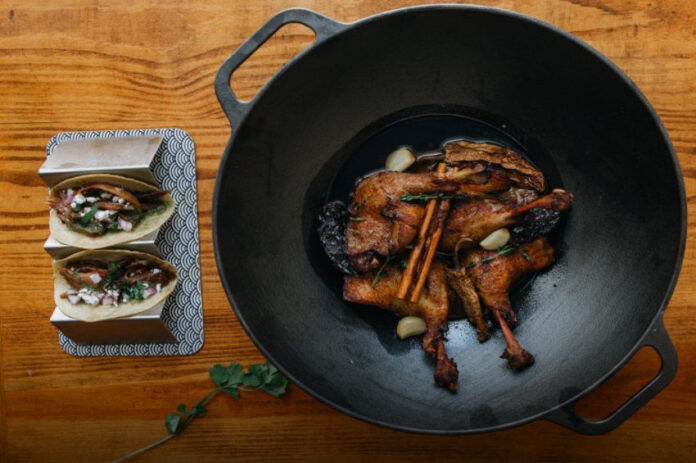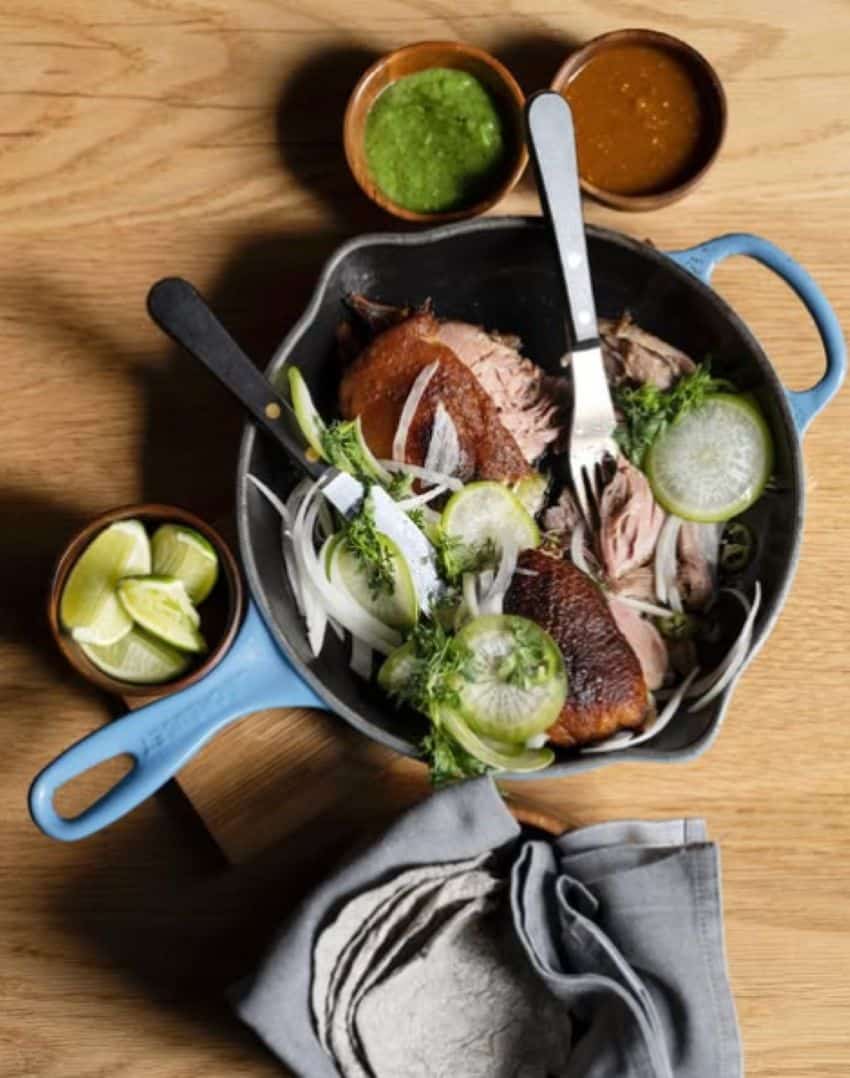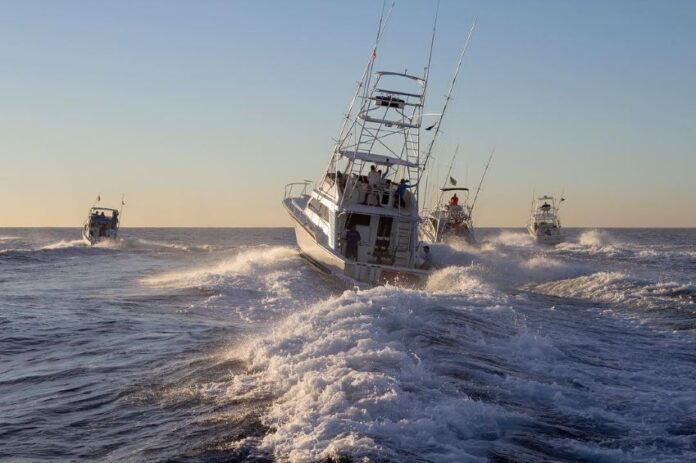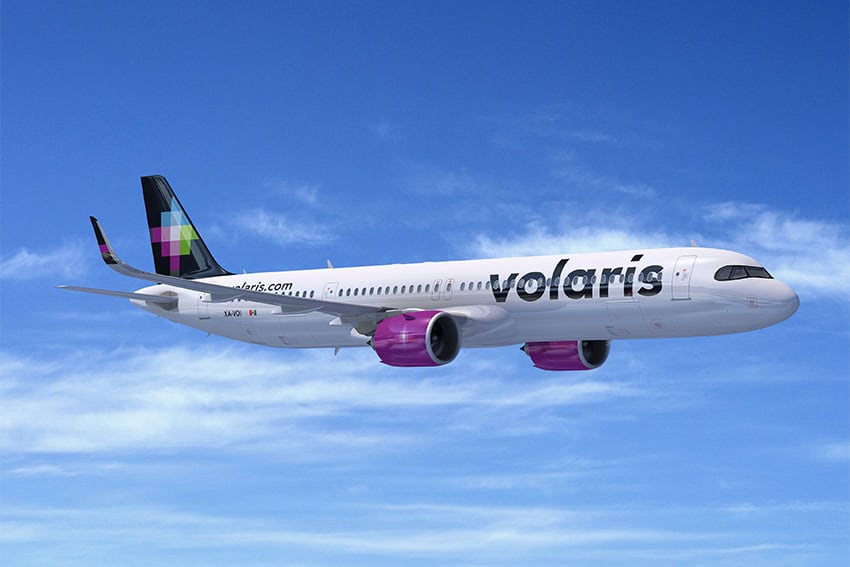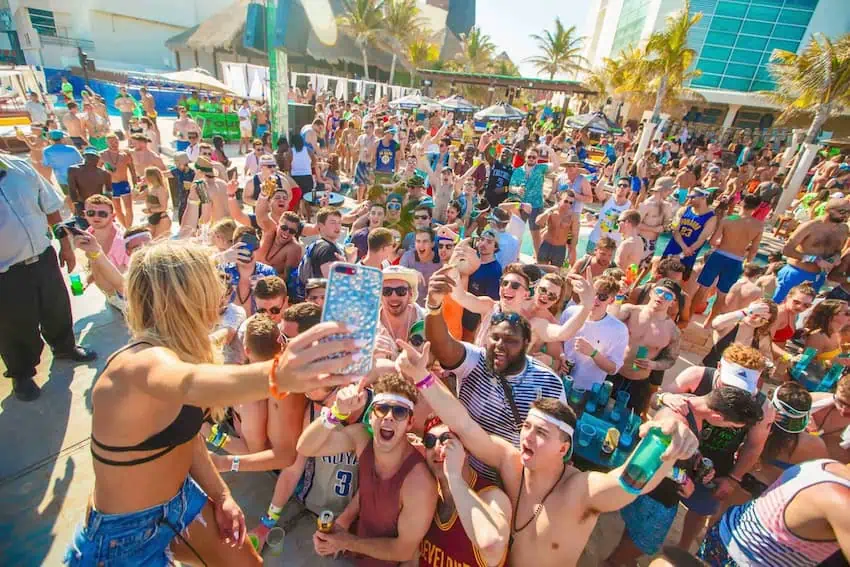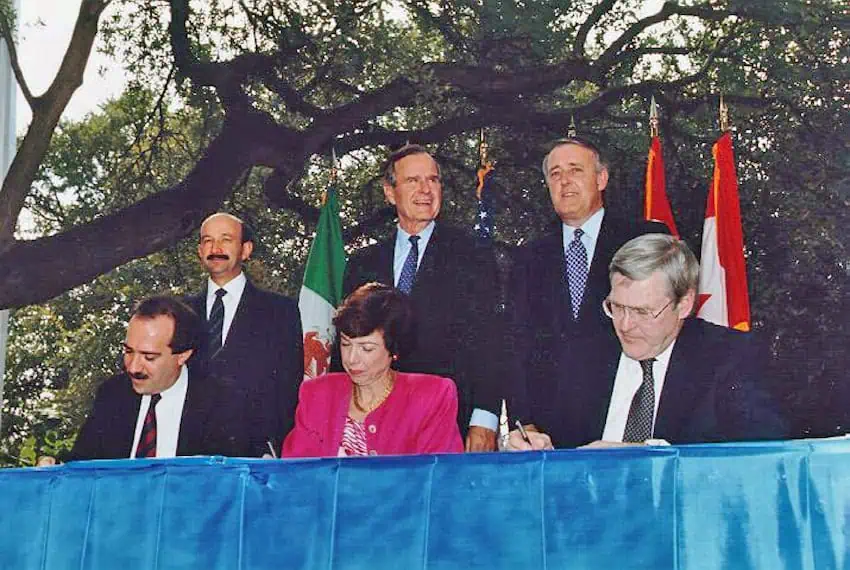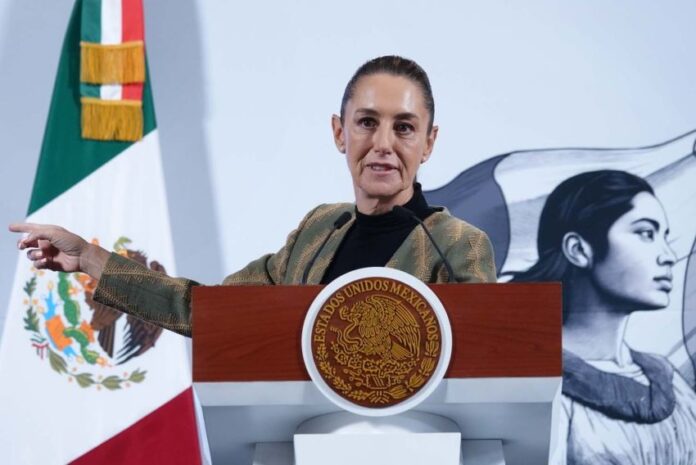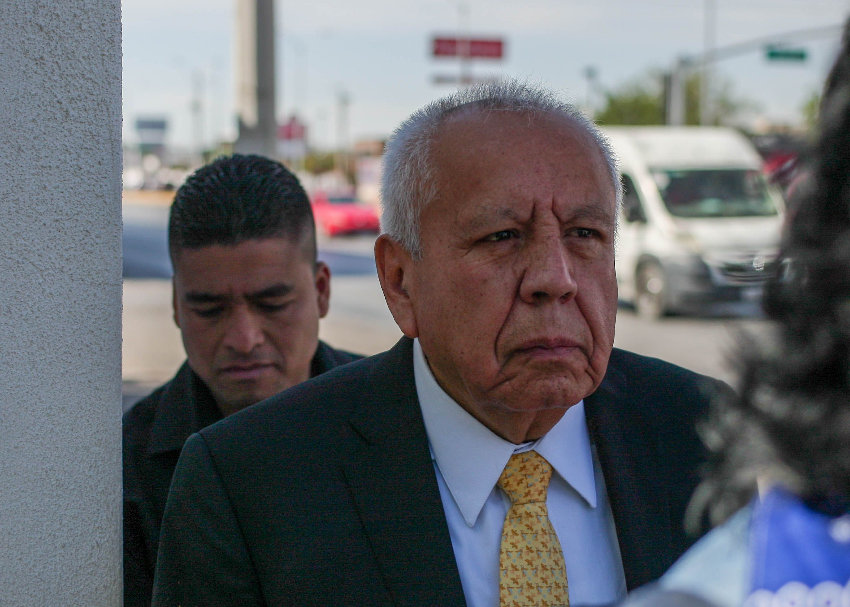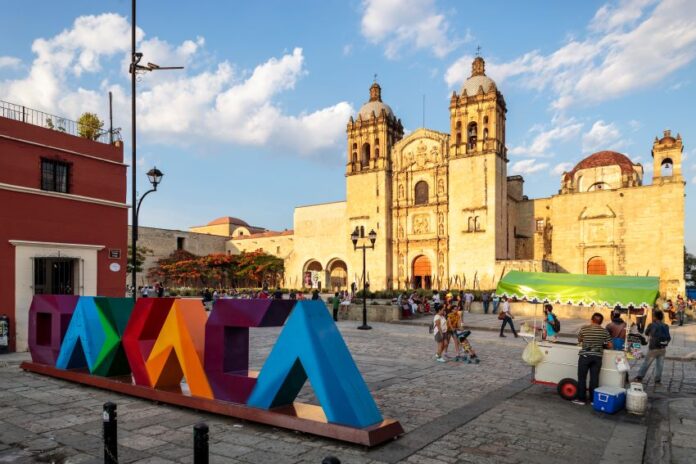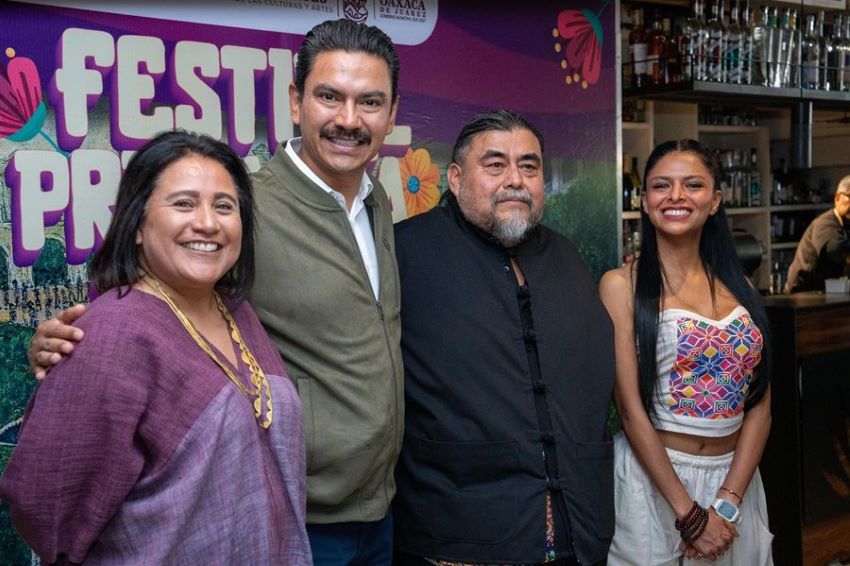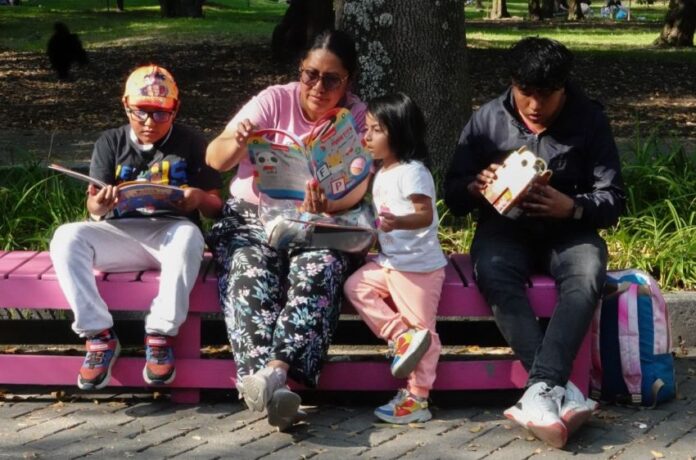President Claudia Sheinbaum and Mexican actor Diego Luna are among “the 100 most influential people of 2025,” according to Time magazine.
They join people such as United States President Donald Trump, tennis superstar Serena Williams and tech “titan” Mark Zuckerberg on the prestigious list that Time unveiled on Wednesday.
The 2025 TIME100 is here: TIME’s annual list of the world’s most influential people https://t.co/O1HtHYtj1o
— TIME (@TIME) April 16, 2025
“She likes to be called Presidenta, with an a at the end. She made history in 2024 by becoming the first woman to lead Mexico,” Mexican journalist Jorge Ramos wrote about Sheinbaum in a brief profile published by Time to accompany its “100 most influential people” list.
Ramos said that “Sheinbaum, 62, a politician and climate scientist, is facing two major challenges: violence fueled by drug traffickers and the expansionist instincts of U.S. President Donald Trump, who has placed tariffs on Mexico citing drugs and immigrant trafficking at the border.”
The award-winning journalist also noted that the Mexican president “has a self-described ‘cool head’ leadership style”, and highlighted that “her approach to cross-border negotiations seems to have won some grudging respect from her American counterpart.”
“… With the slogan ‘It’s time for women,’ she won the presidency, and her party, Morena, controls the Congress and most states. But we have yet to see what la Presidenta will do with that mandate,” wrote Ramos, who appeared on Time’s “100 most influential people” list in 2015.
Sheinbaum is one of 22 “leaders” on Time’s 2025 list. The others include Trump, United Kingdom Prime Minister Keir Starmer, Argentine President Javier Milei, journalist Megyn Kelly and Venezuelan opposition leader María Corina Machado.
Sheinbaum’s inclusion on the list comes four months after Time announced she was among 10 finalists in the running for its 2024 “Person of the Year” designation. Trump was ultimately given that honor.
Sheinbaum, a former Mexico City mayor who was sworn in as president on Oct. 1, was included in Time’s 2024 list of “the 100 most influential leaders driving business to real climate action.”
From Toluca to Time’s ‘most influential people’ list
Diego Luna, a 45-year-old native of México state capital Toluca, joins “artists” such as singer-songwriter Ed Sheeran, actress Scarlet Johansson and Mexican-American fashion designer Willy Chavarria on Time’s “100 most influential people of 2025” list.

“For endless reasons, Diego Luna is one of the most influential people in my life,” Mexican actor Gael García Bernal wrote about his close friend in a profile for Time.
“I would say that he is on this list for the same reasons. He grew up in the theater world, finding solace and adventure backstage. His mother, an artist and beloved costume designer, and his father, a master of set design, never thought Diego would find his own way and break through ‘the first wall’ (in theatrical terms),” he continued.
“But with his wonderful energy and ridiculously incredible charisma, he knew that onstage he was going to experience a catharsis for the common good. His laughter resonates and expands,” wrote García Bernal, who was one of Time’s “100 most influential people” of 2016.
Luna has appeared in dozens of movies, including Mexican classics such as “Y tu mamá también” (with García Bernal), and “Rogue One: A Star Wars Story.”
He is also well-known for playing the role of drug trafficker Miguel Ángel Félix Gallardo in the series “Narcos: Mexico.”
AMLO and Salma Hayek among Time’s ‘100 most influential people’ in previous years
Sheinbaum and Luna join a number of Mexicans who have been included on Time’s “100 most influential people” lists.
They include former president Andrés Manuel López Obrador, who appeared on the list in 2019, and Salma Hayek, a telenovela star turned Hollywood actress and producer, who was one of Time’s “100 most influential people” in 2023.
Among the other Mexicans who have made Time’s annual “100 most influential people” list are:
- Activist Olimpia Coral Melo Cruz in 2021, thanks to her work to outlaw revenge porn in Mexico.
- Madre buscadora (searching mother) María Herrera Magdaleno in 2023.
- Former president Enrique Peña Nieto in 2013.
Mexico News Daily
